The 45-megawatt Bhotekoshi Hydropower Project in Sindhupalchowk district has surrendered 10% equity shares to a local indigenous group following a controversial month-long shutdown. This unprecedented development has sent shockwaves through Nepal’s energy sector, with investors warning of dangerous precedents that could destabilize future hydropower investments.
According to CEO Bikram Sthapit, the Bhotekoshi Power Company signed an agreement with Janajati Public Investment Public Limited on Sunday, granting 10% shares at a face value of Rs. 100 per share, totaling Rs. 190 million. The deal came after indigenous protesters forced the plant’s complete shutdown for over a month, demanding free equity stakes.
This controversial settlement raises critical questions about property rights, investment security, and the future of Nepal’s ambitious hydropower development plans.
The Month-Long Shutdown and Rs. 300 Million Loss
Plant Forced to Stop Operations During Peak Season
The indigenous group initiated their protest on Bhadra 25 (mid-September), completely halting electricity production at the Bhotekoshi facility. The timing proved particularly devastating, occurring during monsoon season when hydropower plants operate at maximum capacity.
CEO Sthapit revealed that the company suffered losses exceeding Rs. 10 million per day during the shutdown. Over the one-month closure period, total losses are estimated between Rs. 300-320 million—a staggering financial blow that ultimately forced management to negotiate.
The protesters initially demanded free shares, though the company initially maintained this would be impossible. However, sustained pressure and mounting losses eventually led to compromise.
Bhotekoshi hydropower shutdown financial losses Nepal indigenous protest
The Controversial Share Distribution Agreement
How the 10% Equity Deal Was Structured
The final agreement modified a previous 2071 BS (2014/15) arrangement that had promised 6% shares to local residents. The new deal adds an additional 4%, bringing total local equity ownership to 10%.
Key terms of the agreement include:
- Share Price: Rs. 100 per share at face value
- Total Value: Rs. 190 million for 10% stake
- Recipient: Janajati Public Investment Public Limited (representing 20,000 local shareholders)
- Coverage: All residents of affected areas in Bhotekoshi Rural Municipality
The company will facilitate bank loans for residents unable to afford share purchases, with Bhotekoshi Power Company serving as guarantor. This arrangement means the hydropower plant itself backs loans for people buying its own shares—an unusual financial structure that has raised eyebrows among industry observers.
Bank Loans Guaranteed by the Company Itself
Unprecedented Financial Arrangement Raises Concerns
Perhaps the most controversial aspect involves the company guaranteeing bank loans so locals can purchase shares. According to the agreement, residents lacking funds will receive bank financing backed by Bhotekoshi Power Company’s guarantee.
The loan repayment mechanism relies on future dividends. If the plant operates without interruption, dividend payments should cover loan principal and interest within one year. However, if dividends prove insufficient, the company must absorb remaining loan balances.
This creates a circular financial obligation where the company assumes risk for loans used to dilute its own ownership—a structure that energy sector analysts describe as fundamentally flawed and potentially unsustainable.
Energy Sector Fears Dangerous Precedent
Independent Power Producers Association Sounds Alarm
Ganesh Karki, President of the Independent Power Producers’ Association (IPPAN), expressed grave concerns about the Bhotekoshi settlement. He warns that this agreement establishes a dangerous precedent that could spread to 40-50 other hydropower projects across Nepal.
“The Bhotekoshi agreement has created terror in the hydropower sector,” Karki stated. “While it solved the immediate problem, it will create massive long-term issues for Nepal’s energy sector.”
Industry leaders worry that other communities will now demand similar arrangements, potentially through forced shutdowns and protests. This could fundamentally undermine property rights and investment security in Nepal’s hydropower sector.
For more updates on Nepal’s energy policies, visit Singha Darbar.
Securities Board Inaction Compounds Crisis
IPO Freeze Creates Additional Complications
Energy producers point to the Securities Board of Nepal’s year-long freeze on hydropower IPOs as a root cause of the current crisis. The board’s inaction has prevented companies from distributing shares through normal channels, creating backlogs and frustration among local communities.
According to IPPAN officials, if the Securities Board had allowed timely IPO releases, local residents would have received their allocated shares through proper channels. The regulatory vacuum created conditions where frustrated communities resorted to protests and forced shutdowns.
Prakash Dulal, IPPAN Deputy Secretary-General, emphasized: “If the general public had received shares on time through IPOs, the current situation wouldn’t exist. The Securities Board must immediately allow hydropower project IPOs.”
Impact on Future Hydropower Development
Investment Climate at Risk
The Bhotekoshi precedent threatens to chill future hydropower investment in Nepal. Investors considering new projects must now factor in potential forced equity dilution through community protests—a risk that’s difficult to quantify or insure against.
Original agreements and regulatory frameworks mean little if communities can force renegotiation through operational shutdowns. This uncertainty makes financial modeling nearly impossible and increases the cost of capital for new projects.
Nepal has ambitious plans for hydropower development to meet domestic energy needs and export electricity to neighboring countries. However, these goals require stable investment conditions and predictable regulatory frameworks—precisely what the Bhotekoshi situation undermines.
The Original Agreement and Changing Terms
From 6% to 10% Under Pressure
When Bhotekoshi Hydropower was originally developed, no legal requirement existed for local share allocation. The 2071 BS (2014/15) agreement promising 6% to locals came only after community protests.
However, the company never distributed those promised shares, partly due to Securities Board restrictions and partly because the project wasn’t structured as a public company. With Nepal Electricity Authority holding 50% partnership stake and ownership scheduled to transfer to NEA after five years, immediate IPO distribution wasn’t feasible.
These structural complications, combined with regulatory inaction, created the perfect storm that led to the current crisis. Local frustration over years of unfulfilled promises ultimately erupted into the shutdown that forced the expanded 10% agreement.
Government Accountability Questions
Who’s Responsible for This Crisis?
IPPAN President Karki called for government accountability, suggesting even the Prime Minister should address this issue directly. The question of responsibility extends across multiple agencies:
- Securities Board of Nepal: For freezing hydropower IPOs without alternative mechanisms
- Ministry of Energy: For inadequate policy frameworks around local share distribution
- Local Government: For failing to mediate between companies and communities
- Company Management: For not fulfilling original 6% commitment despite obstacles
Energy sector leaders emphasize that while communities deserve their legally allocated shares, the method of obtaining them through forced shutdowns sets an unsustainable precedent that threatens the entire sector.
Looking Forward: Solutions and Recommendations2:
How to Prevent Future Crises
Industry experts propose several measures to prevent similar situations:
- Immediate IPO Release: Securities Board should lift restrictions on hydropower project IPOs
- Clear Legal Framework: Government must establish transparent mechanisms for local share distribution
- Early Distribution: Companies should distribute shares before plant commissioning when possible
- Alternative Mechanisms: Develop options beyond traditional IPOs for local share allocation
- Enforcement: Protect property rights and prevent forced renegotiation through shutdowns
The Bhotekoshi case demonstrates that delayed implementation of promised benefits breeds resentment that eventually explodes into crisis. Early, transparent share distribution would align community interests with project success, creating natural advocates rather than adversaries.
Final Thoughts: A Watershed Moment for Nepal’s Energy Sector
The Bhotekoshi agreement represents either a one-time resolution to a specific dispute or the beginning of widespread instability in Nepal’s hydropower sector. The coming months will reveal which path emerges as other communities observe this precedent.
For Nepal to achieve its energy development goals, it must balance legitimate community rights with investment security and legal predictability. The current situation satisfies neither standard, leaving all stakeholders worse off than properly implemented regulations would have achieved.
The energy sector now watches anxiously to see whether government intervention will restore order or whether the Bhotekoshi model becomes the new normal for hydropower development in Nepal.
Total Financial Impact: Rs. 300+ million in losses, 10% equity surrender, precedent risk to 40-50 projects



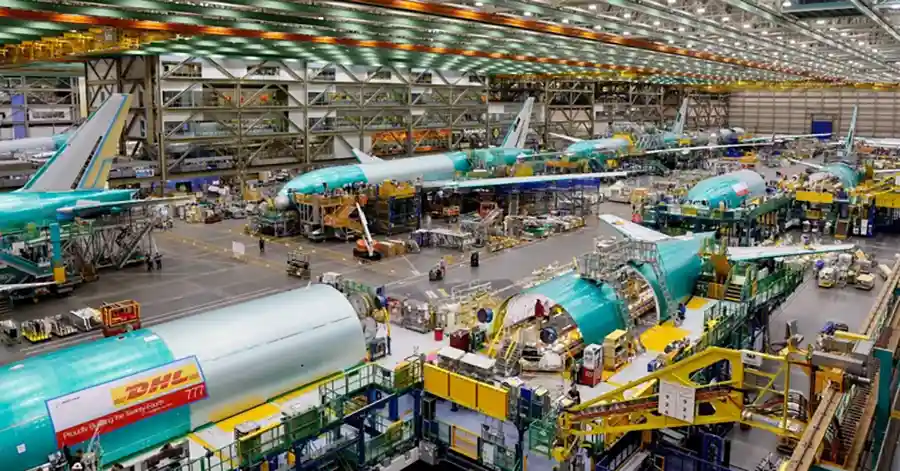


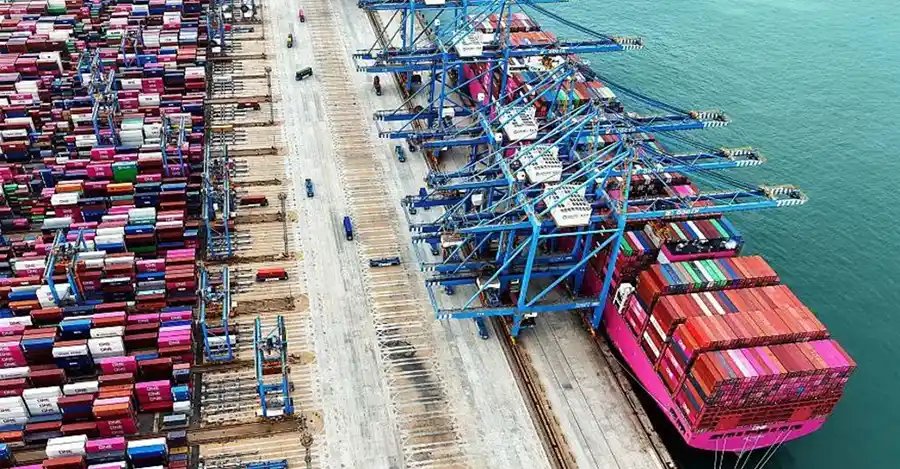


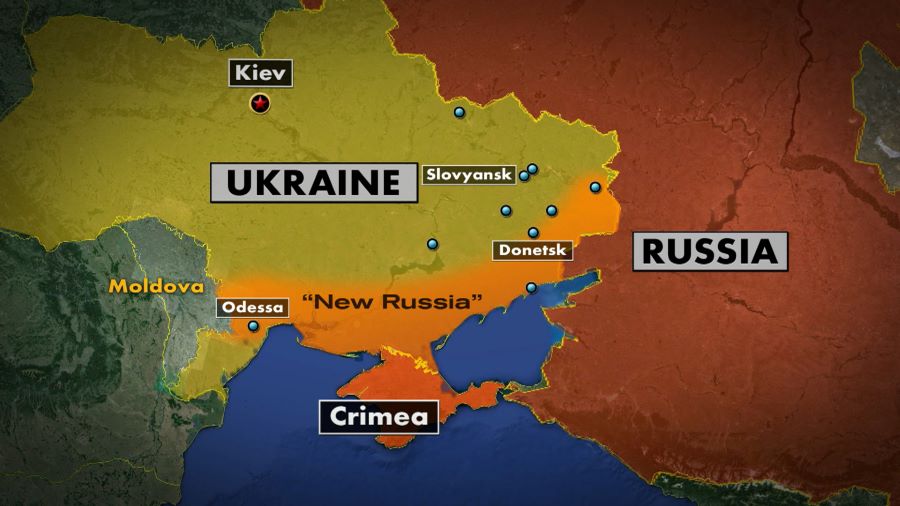


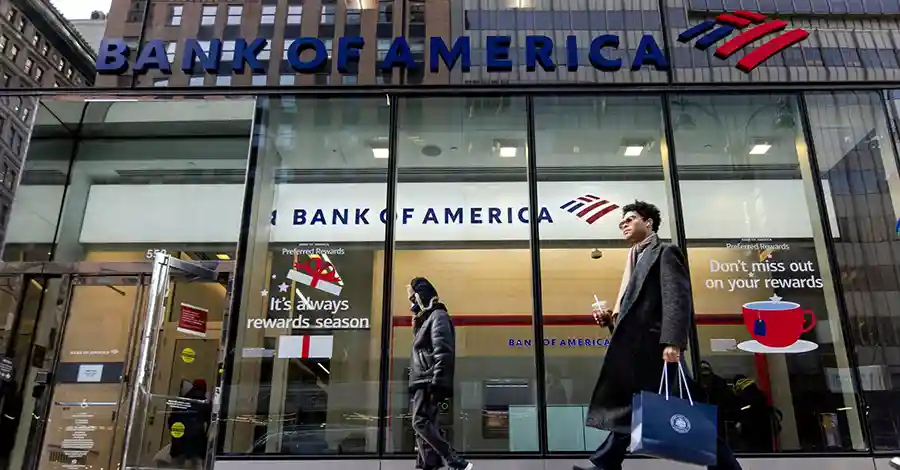

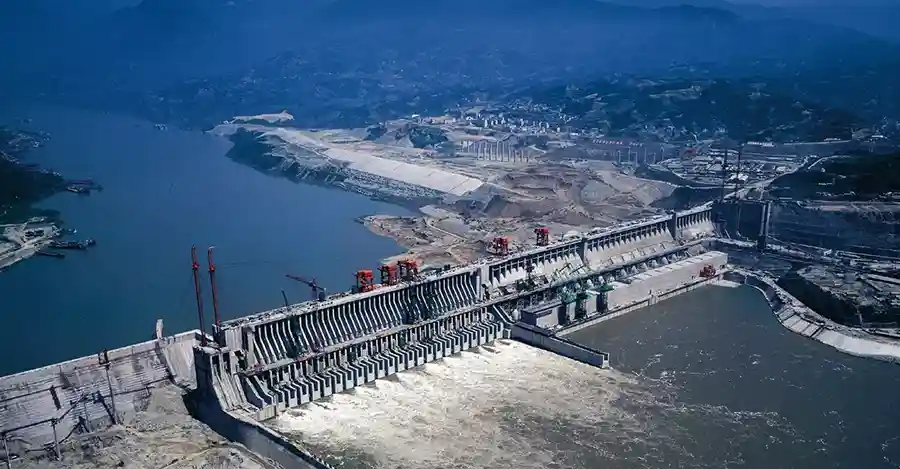
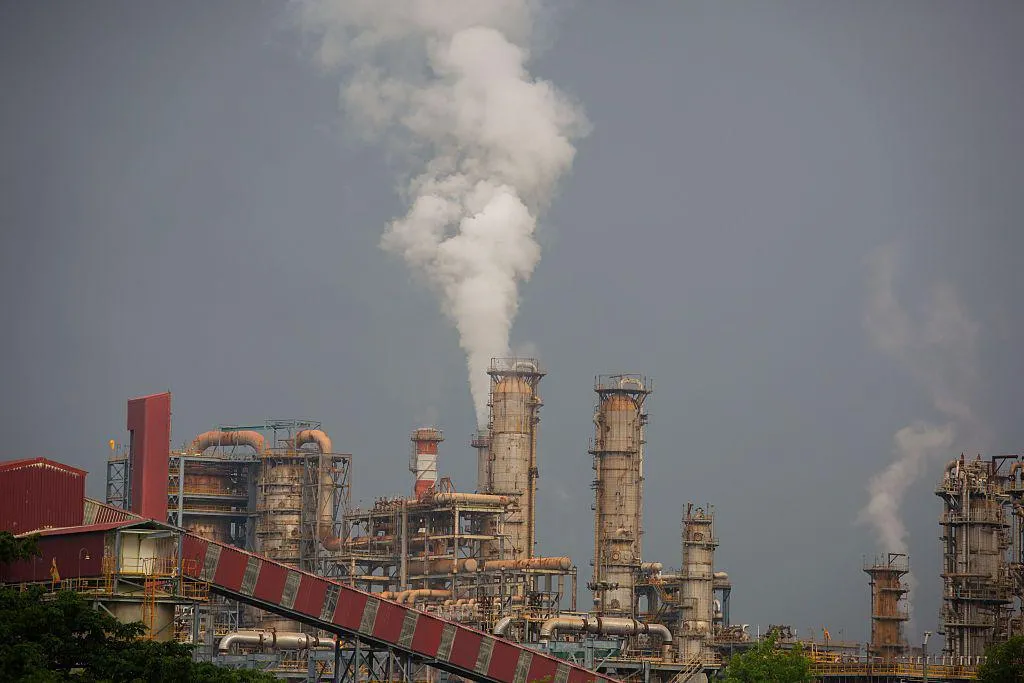
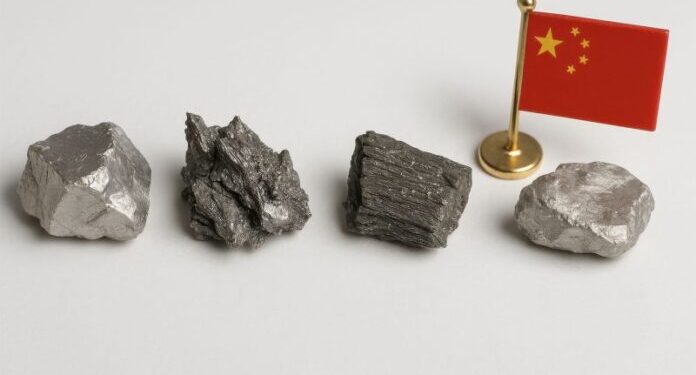
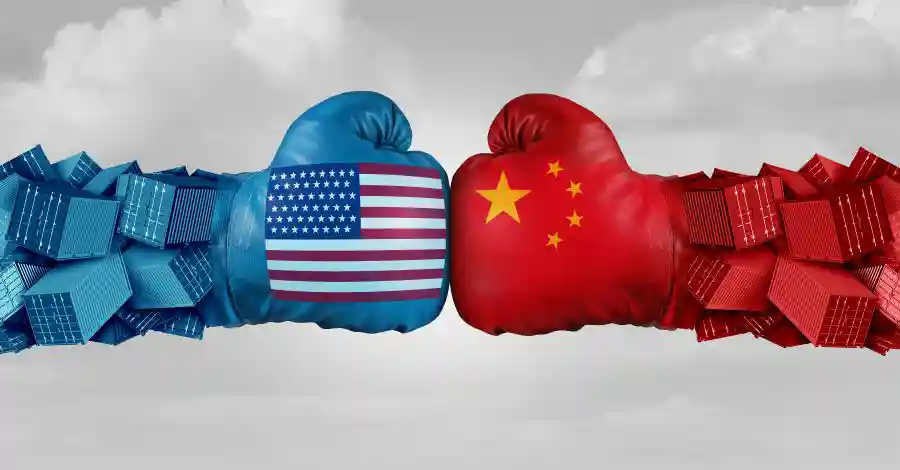

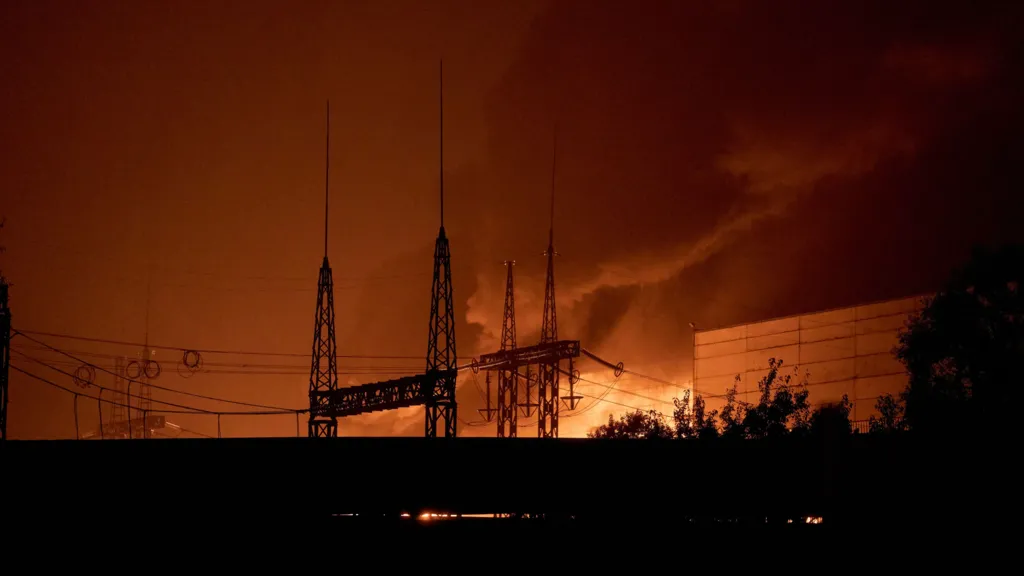


Comments